Interesting Read : Mystery Behind the Seventh door of Shri Anantha Padmanabha swamy temple Anantha Padmanabha swamy, Kerala, South India
According to the locals the Travancore kings stored immense riches within the thick stone walls and vaults of the temple. The temple is controlled by a trust run by the descendants of the Travancore royal family since Independence. The kingdom of Travancore merged with the princely state of Cochin after 1947. It eventually became the present-day state of Kerala. The inspection of the temple began after India’s Supreme Court appointed a seven-member panel to enter and assess the value of the objects stored in its cellars, including the two chambers last thought to have been opened about 150 years ago.
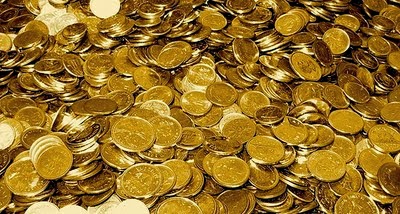
To go deep into knowing about the temple, it is a vedic temple dedicated to Lord Vishnu, it is run by the trust leaded by royal family of Travancore. This temple is from the 108 holy adobes of Lord Vishnu. The capital city of kerala, Thiruvananthpuram is named after ‘Thiru’ ‘Anantha’ ‘Puram’ means Sacred Abode of Lord Anantha Padmanabha. The city was also known as Anandapuram (City of Bliss) and Syananduram (Where Bliss is not far off). Ananda refers to Sree Padmanabha Himself. Hindu scriptures refer to the Supreme Being as ‘Sachidananda’ (Absolute Truth, Absolute Consciousness and Absolute Bliss). Diety is enshrined in Anantha sayanam(eternal sleep of yoga nidra on the serpent Anantha or Adi sesha) posture . Lord’s right hand is placed over a Shiva lingam. Sridevi, the Goddess of Prosperity and Bhudevi the Goddess of Earth, two consorts of Vishnu are by his side. Brahma emerges on a lotus, which emanates from the navel of the Lord. The deity is made from 12,000 saligramams. These saligrams are from the banks of the Gandaki River in Nepal, and to commemorate this certain rituals used to be performed at the Pashupatinath Temple.The deity of Sri Padmanabha is covered with, “Katusarkara yogam”, a special ayurvedic mix, which forms a plaster that keeps the deity clean.
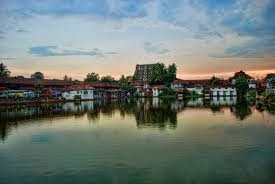
History:
Lord Balaram who was believed to be the serpentine of Shri Maha Vishnu, has visited this temple according to Shrimad Bhagavatham.
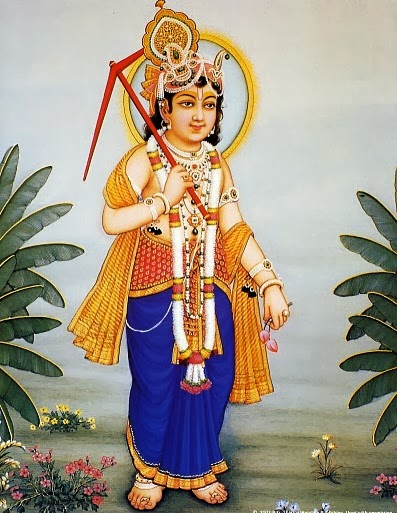
Temple Architecture:-
The Sree Padmanabhaswamy temple in Thiruvananthapuram, which is in the news with the discovery of treasures in its vaults, is an imaginative amalgam of the Dravidian and Kerala architectural styles. If the structure of the sanctum sanctorum, the Dhwaja Sthambham and the Chuttambalam characterise the Kerala style, the influence of the neighbouring Tamil country is visible elsewhere — the wall of the sanctum of the Sree Krishna shrine has Tamil Vattezhuthu inscriptions dating to 1375 CE; the gopuram over the eastern entrance has hundreds of stucco figures, reflecting the Vijayanagara style of architecture; the stunning sculptures in the Kulasekhara mandapam and on the pillars of the rectangular prakara are by sculptors of the Madurai Nayaka period and in the vimana over the sanctum. It is a daring, dramatic fusion. This befits a temple where the presiding deity, Vishnu, reclines on a snake, in a rare depiction.
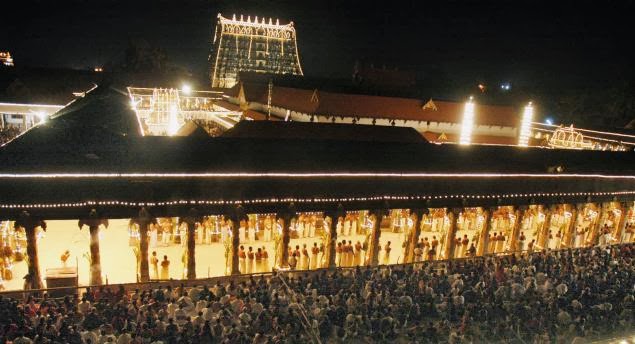
Sthala Puranam:-
Vilvamangalathu Swamiyar, residing near Ananthapuram Temple, Kasargod prayed to Lord Vishnu for his darshan. The Lord came in disguise as a small, mischievous boy. The boy defiled the Saligrama which was kept for Puja. The Sage became enraged at this and chased away the boy. The boy disappeared. After a long search, when he was walking on the banks of Arabian Sea, he heard a pulaya lady threatening her child that she would throw him in Ananthankadu. The moment the Swami heard the word Ananthankadu, he was delighted. He proceeded to Ananthankadu based on the directions of the lady from whom he enquired. The Sage reached Ananthankadu searching for the boy. There he saw the boy merging into an Iluppa tree (Indian Butter Tree). The tree fell down and became Anantha Sayana Moorti (Vishnu reclining on Anantha).
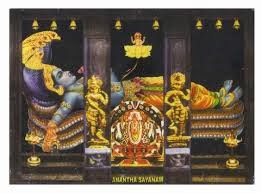
But the Lord was of an extraordinarily large size with head at Thiruvallom, navel at Thiruvanananthapuram and lotus-feet at Thrippadapuram (Thrippappur). The Sage requested the Lord to shrink to a smaller proportion – thrice the length of his staff. Immediately, the Lord shrank. But even then many Iluppa trees obstructed a complete vision of the Lord. The Sage saw the Lord in three parts – thirumukham, thiruvudal and thrippadam. Swami prayed to Padmanabha to be forgiven . The Swami offered Rice Kanji and Uppumanga (salted mango pieces) in a coconut shell to the Perumal which he obtained from the pulaya woman. The spot where the Sage had darsan of the Lord belonged to Koopakkara Potti and Karuva Potti. With the assistance of the reigning King and some Brahmin households a Temple was constructed. Koopakkara Potti was made the Tantri of the Temple.
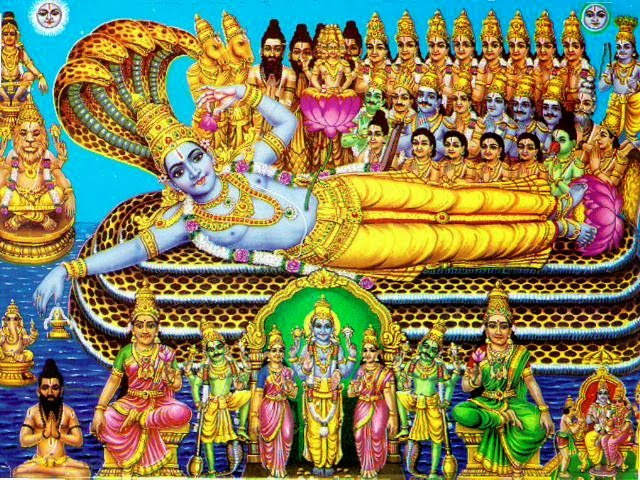
Legend of the seventh door:-
The entire world stands now to know what’s behind the Mysterious Last door of Padmanabha Swamy temple. According to the experts it was expected to Unlock by itself when a Secret Chant is spelled as it is locked in that way.
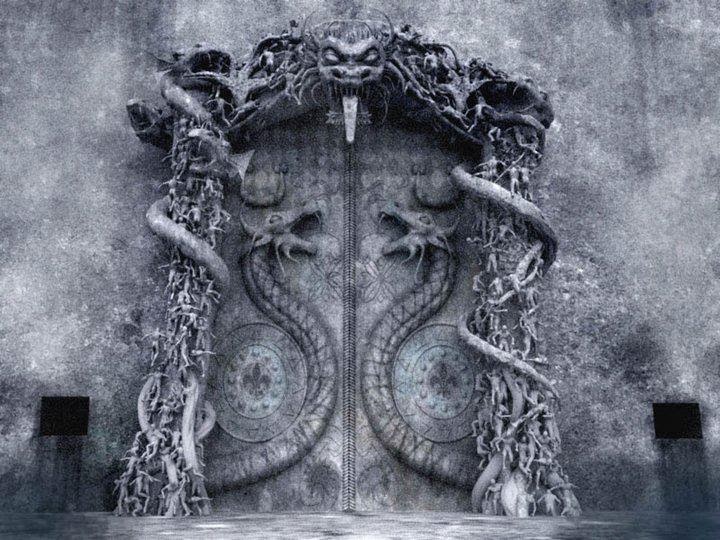
It is believed that this chamber is being considered by the Trust members and other learned Astrologers of India, as highly mysterious, sacred and risky and dangerous to unveil it. Because the steel door of the Chamber-B is having two big COBRA PORTRAITS on it and this door as no nuts, bolts or other latches.
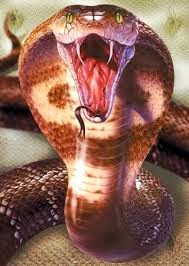
It is considered to be fixed to the secret chamber with the ‘NAGA BANDHAM’ or ‘NAGA PAASAM’ ‘MANTRAS’ by the then ‘SIDDA PURASHAS’ who lived during the reign of KING MARTHANDAVARMA in the 16th CENTURY.
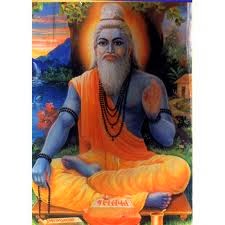
A door of such a secret vault can be opened by a highly erudite ‘SADHUS’ or ‘MANTRIKAS’ who are familiar with the knowledge of extricating ‘NAGA BANDHAM’ or ‘NAGA PASAM’ by chanting a ‘GARUDA MANTRA’; So except in this way, the door can’t be opened by any means by anyone. At present NO WHERE IN INDIA or in the WORLD such a highly sacred and powerful ‘SIDDHAPURSHAS’ or ‘Y0GIS’ or ‘MANTRIKAS’ who does know how to execute highly sacred ‘GARUDA MANTRA’ are EXISTING.
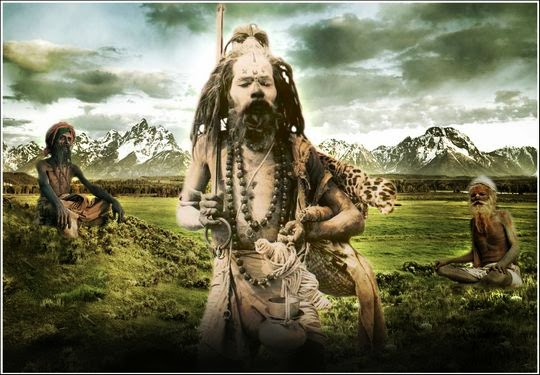
If any human attempts are made with man-made technology to open the mysterious Chamber-B other than by chanting highly sacred and powerful ‘GARUDA MANTRAS’ by a highly sacred ‘SADHUS’ or ‘MANTRIKAS’, catastrophes are likely to occour in and around the Temple premises or through out India or even through out the world according to VEDIC ASTROLOGERS OF INDIA, who also revealed their inability to open the door by chanting the secret ‘GARUDA MANTRA’.
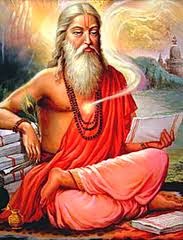
If ‘GARUDA MANTRA’ is chanted by any powerful ‘SADHU’ or ‘YOGI’ or ‘MANTRIKA’ the door proceeds to automatically open and no human effort is needed to open it in any other way. Adding to the belief that the Garuda drives away mighty serpents from our way.
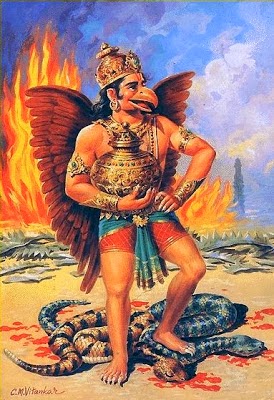
As of now, the people on the other side of the door are able to listen the sounds of water or Sounds made by snakes as guessed. Believers say that the seventh door is an opening where the entire temple and areas may be flooded with waters and some others say, that there are large serpents guarding the area inside which doesn’t allow any one. The day to know what’s really behind is still awaited.
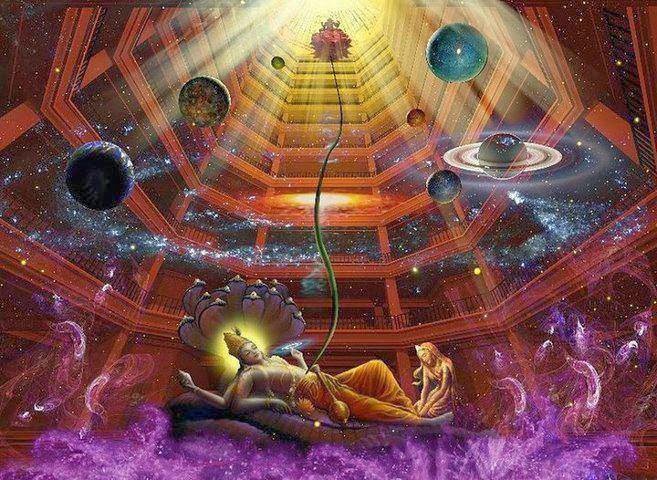
I say, it might be the seventh door of Shree Maha Vishnu also. As it gets sync with the concept of seven doors. If so the only way to see god is to open the door …:))
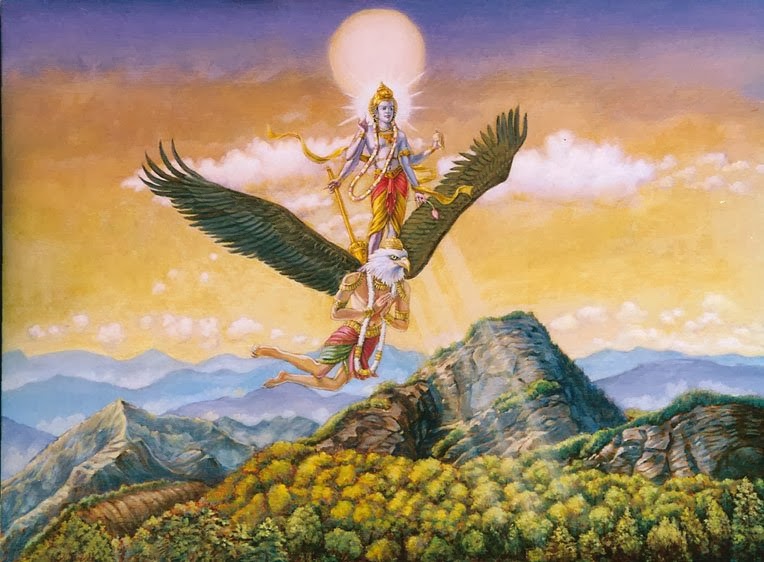
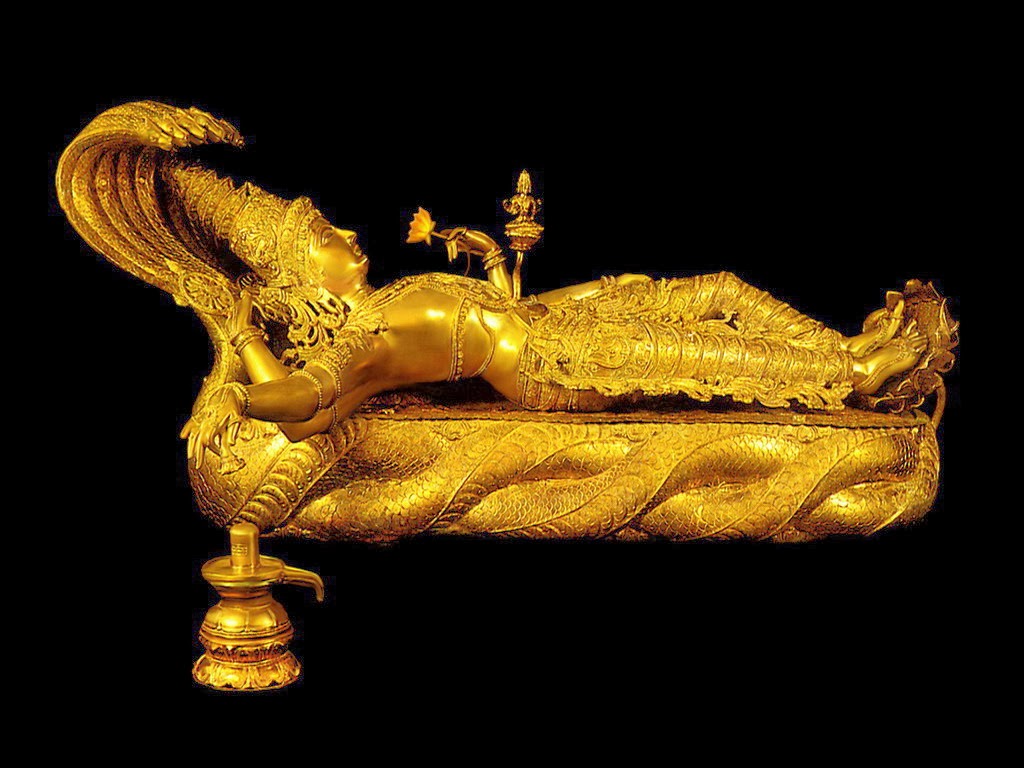
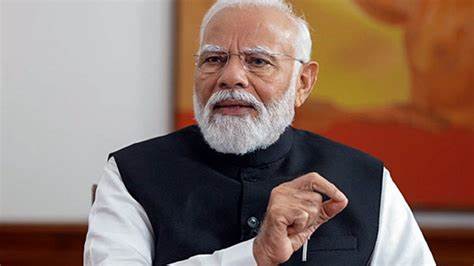

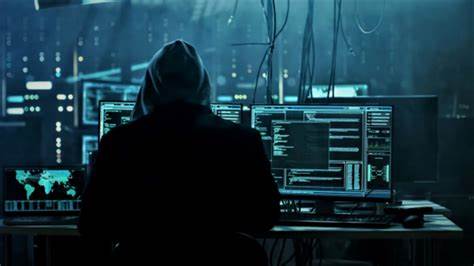

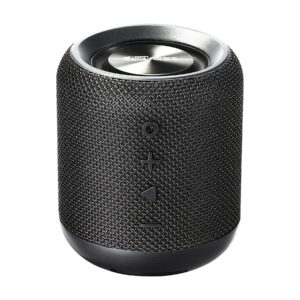


Post Comment